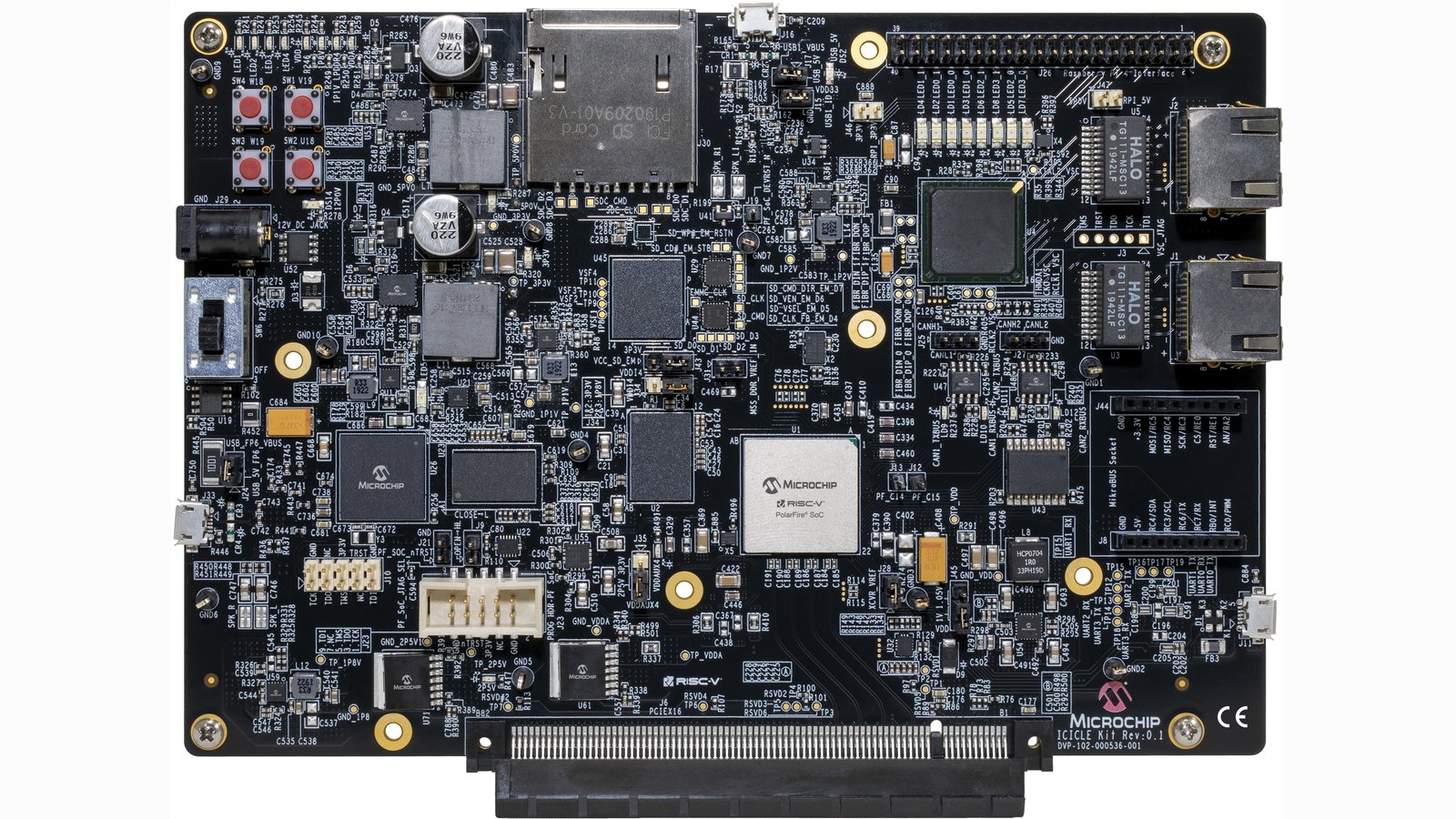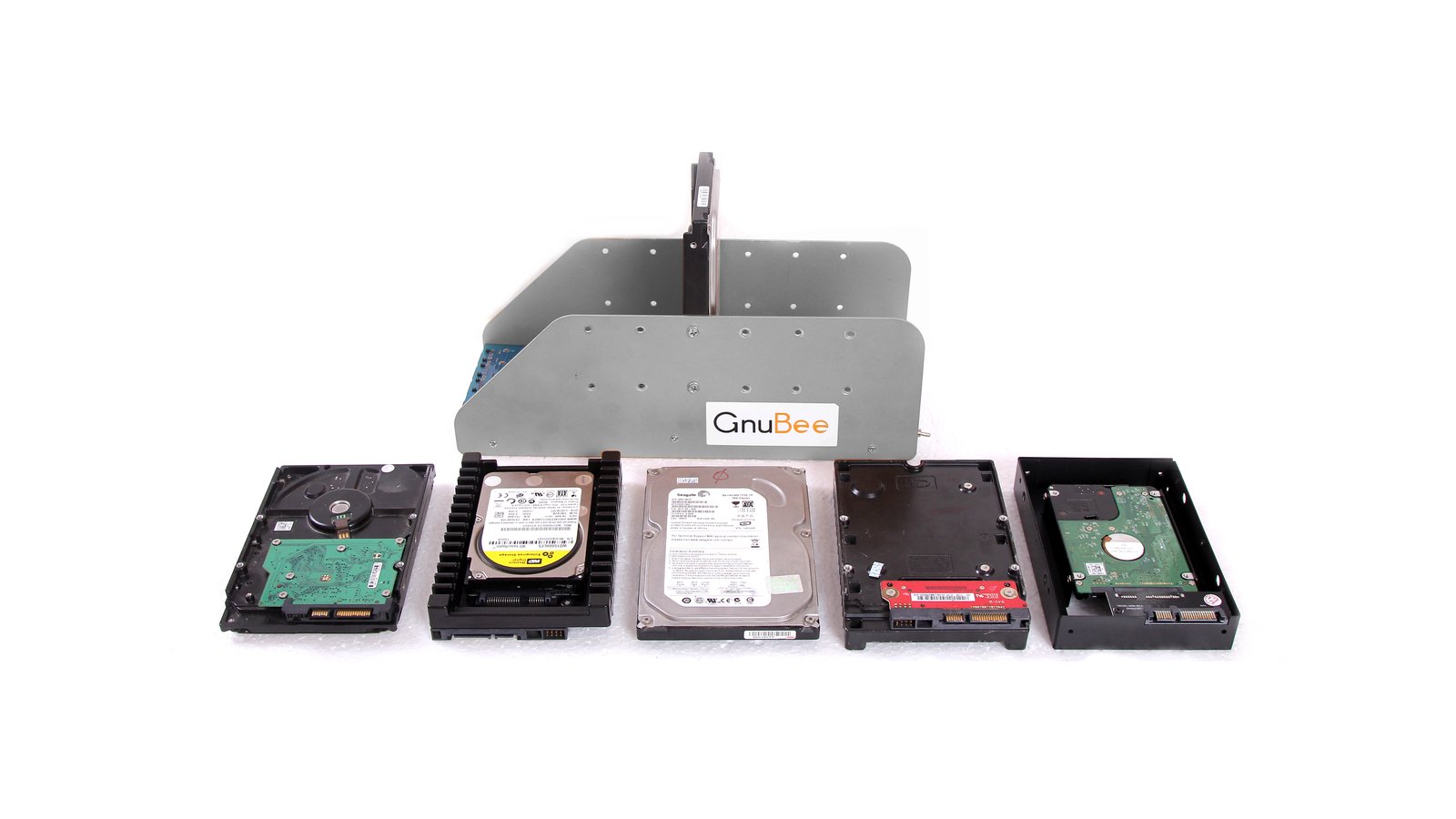Libre RISC-V M-Class
A 100% libre RISC-V + 3D GPU chip for mobile devices
This project is launching soon.
This project is launching soon.
The Libre RISC-V M-Class is a RISC-V chip that is libre-licensed to the bedrock. It is a low-power, mobile-class, 64-bit Quad-Core SoC at a minimum 800mhz clock rate, suitable for tablet, netbook, and industrial embedded systems. Full source code and files are available not only for the operating system and bootloader, but also for the processor, its peripherals and its 3D GPU and VPU.
Onboard the Libre RISC-V M-Class is the Kazan GPU, a libre-licensed, software-rendered Vulkan Driver written in Rust that uses LLVM for code generation. Kazan will use optimised 3D instructions specifically designed for and added to the Libre RISC-V M-Class SoC, yet Kazan itself may still be used (unoptimised) on other hardware.
The performance target for Kazan on the Libre RISCV SoC is a very modest mobile-class level (1280 x 720 25 fps, 100 Mpixels/sec, 30 Mtriangles/sec, 5-6 GFLOPs), whilst the power budget is very tight (under 2.5 watts in a 28 nm process). With RISC-V being 40% more power efficient than x86 or ARM, this is very reasonably achievable.


A low-cost dev kit for Microchip's PolarFire SoC, a low-power FPGA integrated with a hardened quad core 64-bit RISC-V microprocessor subsystem

Classic NES games on open source hardware that fits in the palm of your hand

A low-cost, low-power NAS for 3.5" drives